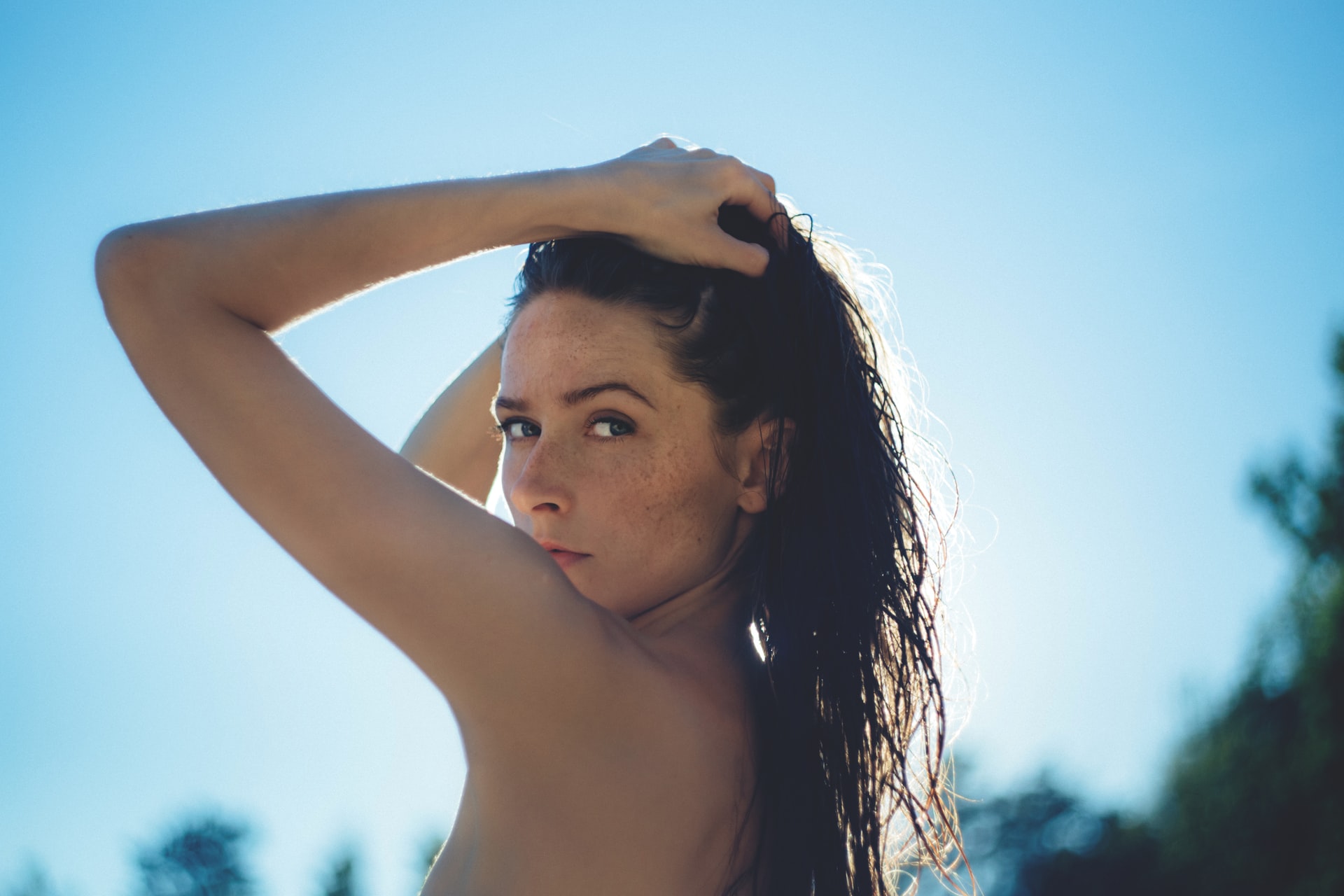Head lice are a usual problem affecting children and anyone who spends time around them, such as family members. This pest can latch onto anyone’s head, whether the hair is clean or dirty. Head lice have been found worldwide and anyone can get it even how clean or dirty a place or person is.
Although head lice can be a nuisance, they are not any cause of severe illness and are not known to carry diseases. They can be treated at home, but it is best to consult a doctor first.
How Do Head Lice Look Like?
Head lice are tiny bugs with the size of a sesame seed, or 2–3 mm (mm stands for millimetre). Their bodies are usually in a pale and grey shade, but they can vary in colour. A single bug is called a louse.
How Do Head Lice Live?
Head lice live about 28 days. They grow in three stages: the egg, or nit stage, followed by the nymph stage, and finally, the adult louse stage.
Egg(or Nit): Lice eggs hatch in six to nine days and are usually found within four to six mm (1/4 to 1/3 inch) of the scalp. They cannot survive if they are farther away.
Nymph: It looks like an adult head louse, only more minor (about the size of a pinhead at 1.5 mm in length). After seven days, nymphs become adults.
Adult louse: An adult louse can multiply quickly, laying up to 10 eggs a day. Newly hatched eggs reach adulthood in about 12 to 14 days.
In three weeks, a lice’s cycle will start again if left untreated.
How Do Head Lice Spread?
Head lice are crawling insects that cannot hop or fly. They could also spread by crawling from head to head in close, prolonged contact. They cannot jump or fly, but they can spread from one person to another when you share brushes, combs, or hats.
What Are the Symptoms of Head Lice Infestations?
People who have head lice experience itching on their scalps. However, it may take up to 4 to 6 weeks after lice get on a person’s scalp before they start to experience an allergic reaction.
Head lice cause a lot of itching, even after they have been cleared out of your hair. Scratching can lead to an infection and intense irritation that can persist for weeks.
How Do You Spot Head Lice?
Regular head checks can help prevent lice from infesting (spreading out across) your child’s head. It’s difficult to find live lice since they avoid light and move quickly. For this reason, seat your kid in a brightly lit area and pick apart her hair. Scrape the scalp for lice and nits.
Nits will look like a small white, or yellow-brown speck with a single hair stuck into their centre. They will be firmly attached and stuck to the hair close to the scalp. That’s why it is better to use a fine-toothed nit comb to help you search through the scalp section by section.
How Do You Remove Head Lice?
The most effective treatment for head lice includes treatments, such as lotion rinses and combing sessions. After each treatment, you should use the comb-out method every 2 to 3 days for 2 to 3 weeks to routinely remove any nits and eggs.
If your child has head lice, you should only use head lice medicines if you are sure that your child has live lice. If you are using head lice medicine, remember to check with your child’s doctor before starting treatment. It is vital to use head lice medication safely.
Conclusion
Head lice are only a minor annoyance and are not usually dangerous. You can usually treat them at home. If your child has nits in her hair, you can use a fine-toothed comb to remove them. This will let you get rid of the lice and the eggs at the same time.
To do head lice treatment and prevention, grab a nit comb and use the best nit shampoo from NitNOT. You can even schedule a treatment from our head lice removal salon in the UK. For more information, contact us today!



